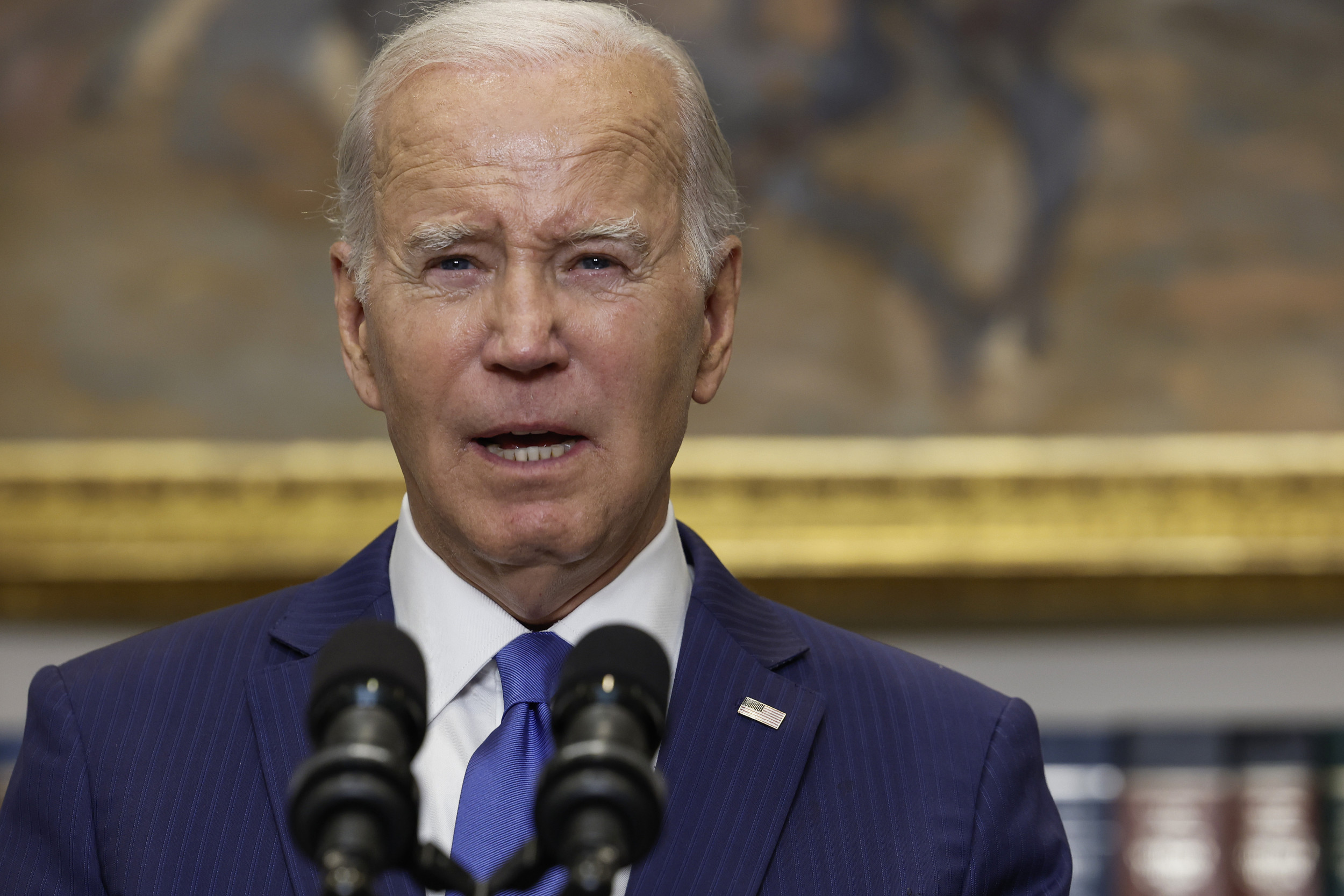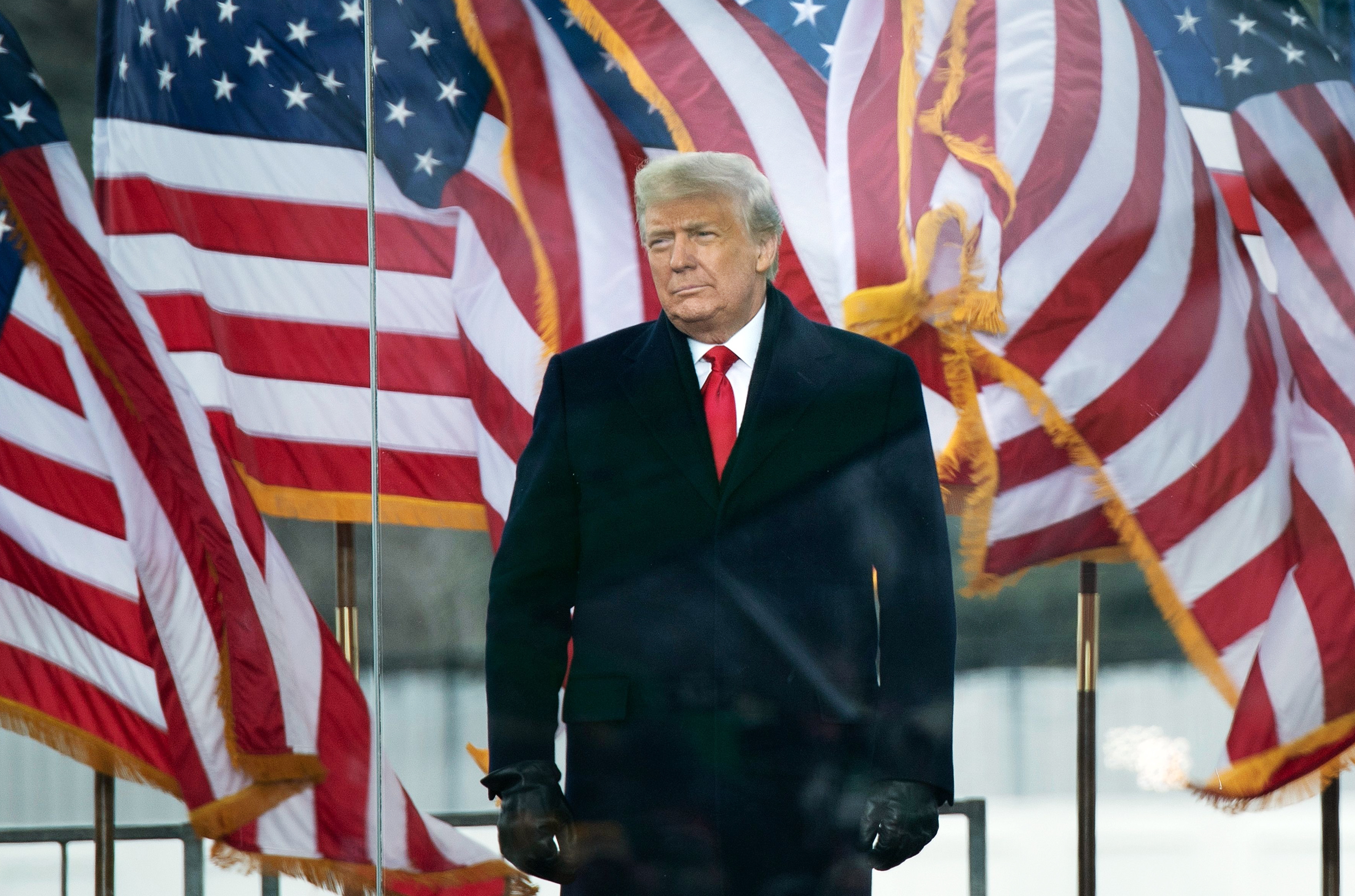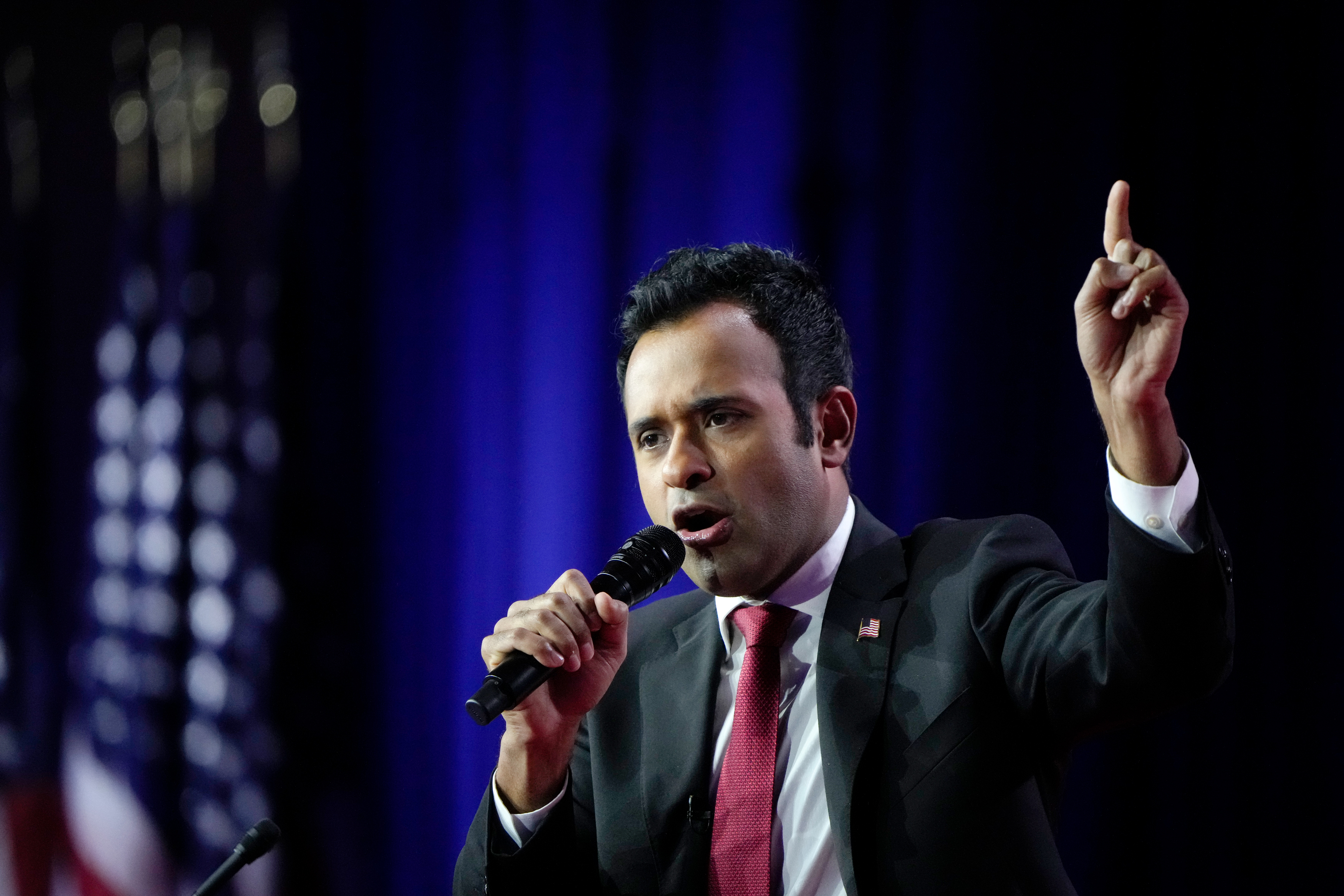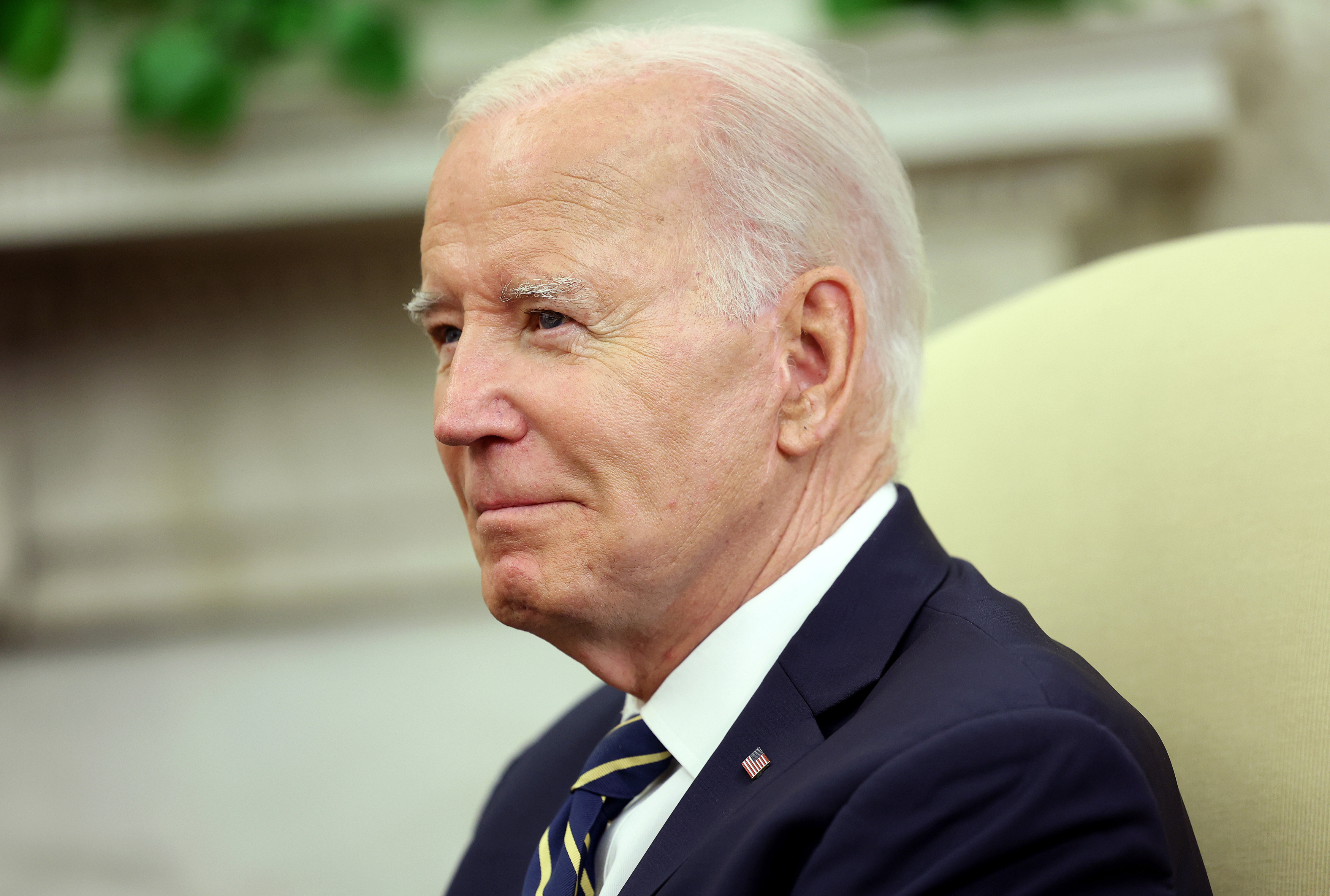Researchers have uncovered previously unknown money-printing innovations developed by Benjamin Franklin, and one of them told Newsweek which one of those innovations served a double purpose.
Franklin, an early advocate for paper money in the 18th century, created the techniques in an attempt to combat counterfeiting, according to a study published in the Proceedings of the National Academy of Sciences (PNAS).
A team of experts from the University of Notre Dame in Indiana detected the secret techniques after analyzing hundreds of paper bills printed more than 200 years ago.
Aside from being of the Founding Fathers of the United States, Franklin was a notable inventor, creating bifocal glasses, the lightning rod and the Franklin stove, among other devices.

But the polymath also played a key role in the printing of some of the first paper currency used in the United States. For example, his printing presses churned out nearly 2.5 million money notes for use in the American Colonies in the 1700s.
These efforts to print paper money for the fledgling monetary system in the Colonies were an important endeavor for Franklin with political implications.
"Benjamin Franklin saw that the Colonies' financial independence was necessary for their political independence," Khachatur Manukyan, an associate research professor in the Department of Physics and Astronomy at Notre Dame and author of the PNAS study, said in a statement.
"Most of the silver and gold coins brought to the British American colonies were rapidly drained away to pay for manufactured goods imported from abroad, leaving the Colonies without sufficient monetary supply to expand their economy."
But despite the potential benefits of paper money, a major problem was the risk of counterfeiting. When Franklin opened his printing house in 1728, paper bills were a relatively new concept.
Unlike silver and gold coins, the lack of intrinsic value with paper money meant that it was constantly at risk of depreciating.
In the Colonial period, there were no standardized bills, creating an opportunity for counterfeiters to use fake notes instead of real ones.
In an attempt to combat this problem, Franklin embedded a range of security features in his paper notes.
"To maintain the notes' dependability, Franklin had to stay a step ahead of counterfeiters," Manukyan said. "But the ledger where we know he recorded these printing decisions and methods has been lost to history. Using the techniques of physics, we have been able to restore, in part, some of what that record would have shown."
Over the past seven years, Manukyan and colleagues have been analyzing more than 600 bills printed between 1709 and 1790. These bills include notes printed by Franklin's network of printing shops, as well as other printers and several counterfeit notes.
For their study, the scientists used advanced imaging techniques to provide a more detailed glimpse of the notes than ever before. These tools enabled the researchers to examine the inks, paper and fibers that made Franklin's bills distinctive.
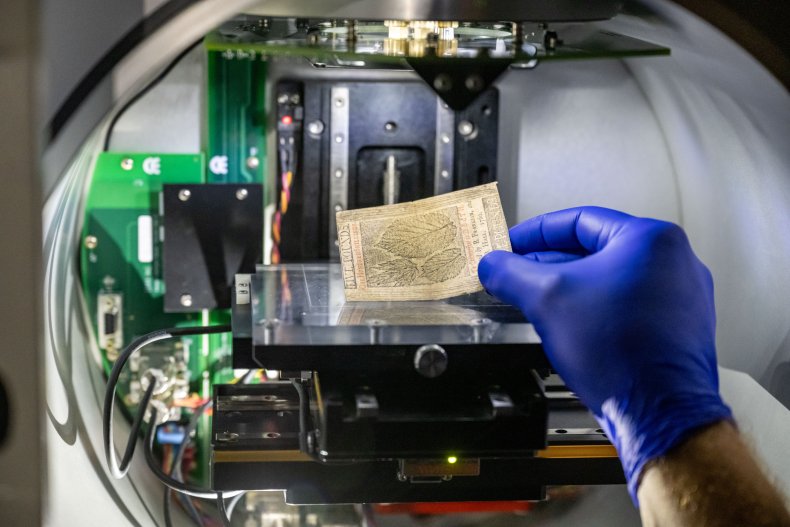
The latest PNAS study has revealed previously unknown safeguards Franklin developed against counterfeiting paper money.
For example, analysis of the chemical composition of the notes showed that those printed in Franklin's networks used a natural graphite-based black ink, instead of black inks produced by burning vegetable oil or charring bones favored by other printers and counterfeiters.
Franklin also developed innovations when it came to the paper itself. The authors found that the Founding Father incorporated tiny microfibers in the notes that were visible as colored squiggles.
The team also discovered that Franklin's notes had a distinctive look to them due to the addition of a translucent material they identified as muscovite. This substance made the notes more durable but also had another purpose.
"We assume that the muscovite particles served a double purpose," Manukyan told Newsweek. "The first purpose is to enhance the strength of the paper. The second purpose is to create a reflective effect when larger flakes appear on the surface. We suggest that Franklin used this characteristic as a safeguard against forgery."
According to the authors, similar anti-counterfeiting strategies have been used by money printers through to the present day.
"These features and inventions made pre-Federal American paper currency an archetype for developing paper money for centuries to come," the authors wrote in the study.
